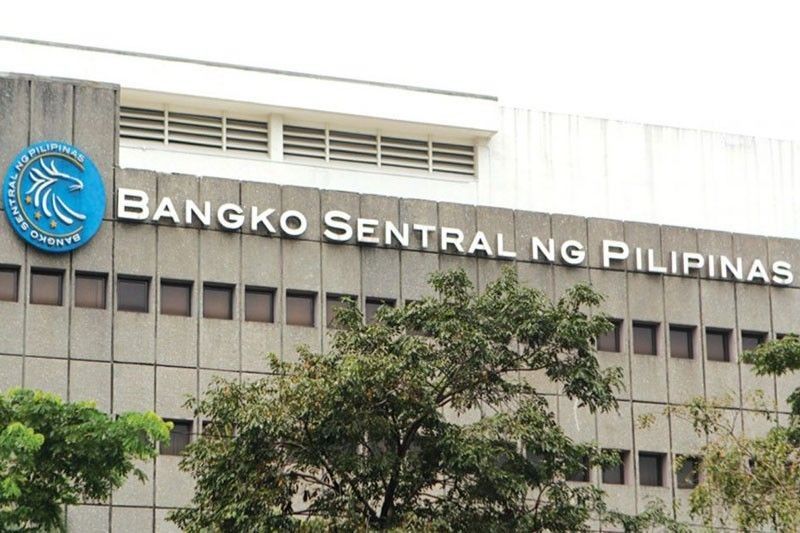Philippines now a net borrower

Based on the 2016 Philippine flow of funds, the BSP said the saving-investment deficit in the general government and household sectors outweighed the surplus in the financial and non-financial corporations sectors. Philstar.com/File Photo
MANILA, Philippines — The Philippines has become a net borrower as of 2016, ending a 13-year streak of net lending to the rest of the world, the Bangko Sentral ng Pilipinas (BSP) said in a report released over the weekend.
Based on the 2016 Philippine flow of funds, the BSP said the saving-investment deficit in the general government and household sectors outweighed the surplus in the financial and non-financial corporations sectors.
As a result, the domestic economy’s net borrowing from the rest of the world amounted to P53.4 billion in 2016, reversing its net fund provision of P333 billion in 2015.
“The domestic economy becomes a net borrower, financed by the rest of the world largely through loans, equity and investment fund shares,” the BSP said.
This means the Philippines is borrowing more than what it saves or lends out. The country became a net lender to the rest of the world in 2003 with P20 billion.
The central bank said the general government sector continued to be a net borrower with its financing requirements jumping 61 percent to P261.6 billion in 2016 from P162.5 billion.
The government’s net borrowing swelled 29.4 percent to P503.3 billion from P388.8 billion due to robust spending on infrastructure and capital outlays.
Currency and deposits of the general government recorded an outflow of P88.5 billion in 2016 following the national government’s withdrawal of its deposits with the BSP as part of cash operations.
Net incurrence of liabilities was in the form of loans at P75.5 billion and debt securities at P21 billion.
Loans increased by 11.2 percent to P75.5 billion because of the national issued promissory notes to fund its subscription to the capital stocks of the International Monetary Fund (IMF) as well as the availment of program and project loans from Asian Development Bank (ADB), Japan International Cooperation Agency (JICA), and International Bank for Reconstruction and Development (IBRD).
On the other hand, debt securities plunged 57.3 percent to P21 billion in 2016 from P49.2 billion in 2015 due to the subdued demand for government securities as well as the national government’s redemption of outstanding US dollar and Euro bonds.
In addition, foreign debt in the form of global bonds and concessional loans from international organizations fell 21.4 percent in line with the government’s long-term debt strategy of reducing foreign currency-denominated borrowings and meeting its funding requirements mainly through the issuance of debt securities in the domestic capital market.
Likewise, the household sector reversed to a net borrower in 2016 with P52.9 billion from P50 billion in 2015, ending its net lending position that started in 2000. The sector’s sustained build-up of capital resulted in a substantial increase in its loan borrowings aggregating P379.3 billion from P221.6 billion.
Meanwhile, the financial and non-financial corporations sectors sustained their net lender position at P214.7 billion and P46.5 billion, respectively.
The financial sector’s net acquisition of assets were dominated by loans with P1.43 trillion and currency and deposits with P574.2 billion, while those of the non-financial corporations sector were largely in the form of accounts receivables with P601.6 billion and currency placements with P305.8 billion.
Savings of all sectors in the domestic economy went up 9.7 percent to P3.46 trillion in 2016 from P3.15 trillion in 2015 despite the headwinds and uncertainties in the external front.
On the other hand, the real investment of the domestic economy jumped 24.4 percent to P3.52 trillion from P2.83 trillion as capital accumulation expanded by almost a quarter.
- Latest
- Trending































